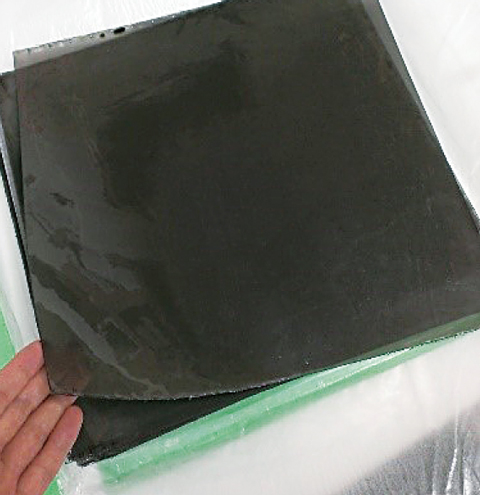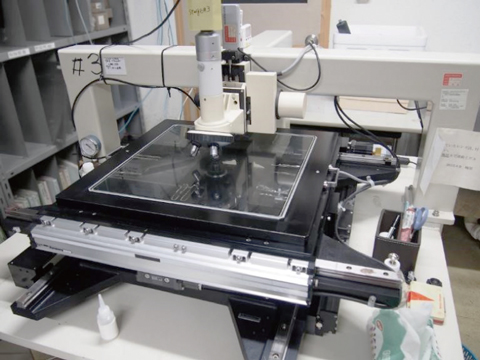
Fig.3-6 A photographic emulsion sheet for nuclear experiments (after photographic processing)

Fig.3-7 A dedicated microscope for scanning the large emulsion sheet

Fig.3-8 MINO event: a typical double Lambda hypernucleus event found in 2018
A double Lambda hypernucleus (DLH) event was observed during a J-PARC experiment. DLH is a rare nucleus containing 2 Lambda particles. Whereas normal nuclei are made of protons and neutrons, which are composed of up- and down-quarks, Lambda particles resemble nucleons consisting of three quarks but have a “strange-quark”, i.e., a 3rd quark.
The study of DLH is an important issue in modern hadron-nuclear physics because DLH is a valuable information source of Lambda-Lambda interaction. This interaction is theoretically unique; experimental data is necessary to test theories that describe the dynamics and interactions between quarks, hadrons, and nuclei.
The largest experiment with DLH thus far at J-PARC was therefore designed and performed at a scale 10 times larger than the previous study. As of the 2000s, only 9 DLH events have been observed. Among these, only one event, in 2001, has been identified as![]() He. Various DLH data are necessary to systematically study Lambda-Lambda interaction.
He. Various DLH data are necessary to systematically study Lambda-Lambda interaction.
Fifteen hundred photographic emulsion sheets were used as the main detectors, one of which is shown in Fig.3-6. Only this detector can detect rare DLH events in a large background as tiny photographic images. After the accelerator experiment, the sheets were analyzed under dedicated optical microscopes, as shown as Fig.3-7. This microscope is used for the event search and detail event-by-event analysis.
Eleven DLH events have been detected thus far. Their geometrical features were reconstructed using a three-dimensional image processing with an accuracy of 0.1 μm to reconstruct the detailed physics process.
One of these events, identified as a beryllium DLH and observed for the first time in 17 years, is shown in Fig.3-8. The Q-value of the fission process was reconstructed and the mass of the DLH was calculated. The identified Lambda-Lambda interaction was determined to be a weak attractive force; however, a slightly different strength was calculated than in the 1st identified DLH due to the difference of nuclides. Theoretical analysis of this event, names “MINO” after the southern part of the Gifu Prefecture where it was found, is ongoing.
The search for more events such as these is also ongoing. Further impressive events are expected in the near future. This experiment was conducted by the J-PARC E07 collaboration, which consists of 24 institutes in 6 countries.